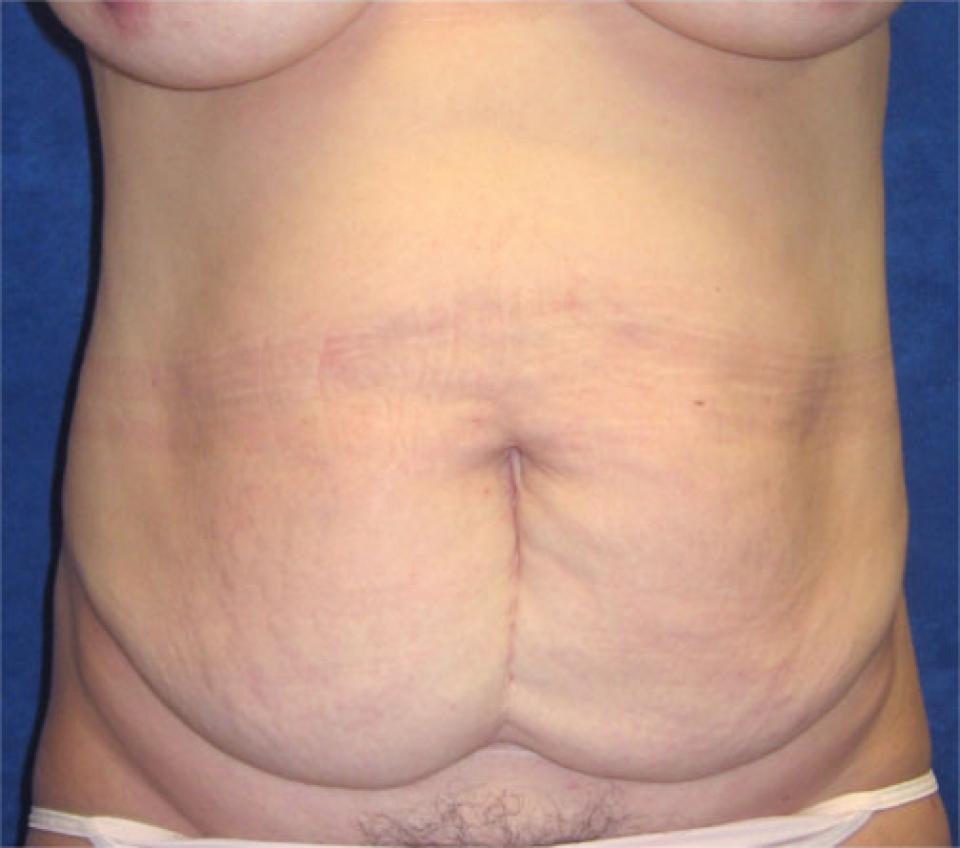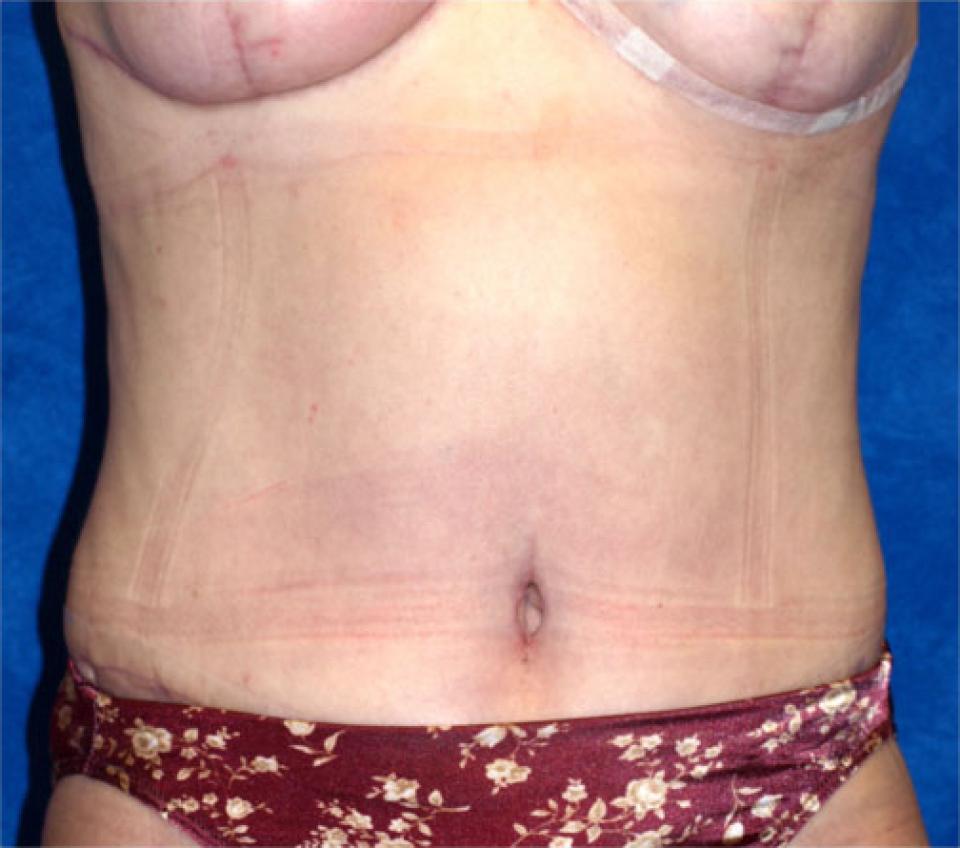Skin Elasticity
When we are young we take for granted that skin will pop back in place if pulled on; when we are old we find when our skin is pulled out of place, as between finger and thumb, it does return to its normal position, but slowly. In other words, elasticity has been lost.
There are a number of factors that give the skin its normal elasticity, all related to the components of the intercellular substance, formed and unformed.
The first of these is the volume of intercellular fluid, that is, hydration. It is standard clinical practice when examining a baby that might be dehydrated to pinch the skin and see how rapidly the fold returns to normal. Adults are less likely to lose their skin’s water but severe dehydration will do the same to them, causing a wrinkling of the collapsed skin.
In normal health, and normal hydration, the bundles of collagen, the formed substance of the intercellular tissue, give it a “springy” structure and are a major factor in its elasticity. As we age, the collagen fibers of skin as well as bone become fewer in number and weaker in structure. The skin wrinkles readily, loses its turgor and becomes relatively inelastic.
This problem of collagen fiber insufficiency is exaggerated in the numerous genetically determined collagen malformation conditions such as Ehlers-Danlos syndrome, in which (among many other defects) the normal elasticity of skin is lost and it can be pulled markedly out of shape.
There is another protein structured fiber found in the intercellular substance, and named elastin for its obvious properties. Although this has a part in giving the skin its elastic properties, collagen is probably more important. Another genetically determined congenital defect is named cutis laxa; in this the elastin fibers are not properly formed and the skin hangs in folds.
 before
before
 after
after
This case depicts a 40 year old woman who had borne three children via c-section. Her c-section resulted in a vertical scar starting immediately below the belly button or umbilicus. She had extra fat beneath the abdominal skin, in addition to a noticeable c-section scar.
During her surgery, the abdominal wall was tightened, portions of the excess fat beneath the skin were removed and the entire vertical c-section scar was removed. The post-operative photographs depict this woman's appearance approximately one month after surgery.
Questions Related to Skin Elasticity
Dr. Belsley's Philosophy of Breast Augmentation
When it comes to deciding what approximate breast size you wish to achieve, the best advice I can give you is that you should be guided by your physical frame. Indeed, you may in fact be limited by it. In my practice, I select implants based upon your chest measurements, the quality of your breast skin and the size of your breasts prior to surgery.
I perform breast augmentation through a peri-areolar or inframammary approach and I place that vast majority of implants at least partially beneath the pectoralis muscle. My patients are welcome to select either saline or silicone filled breast implants. Silicone filled implants can in some cases achieve a more natural feel and may be a particularly attractive option for women with less breast tissue prior to surgery.
More >>Dr. Belsley's Philosophy of Breast Lift (Mastopexy)
In my practice, I perform breast lifts using incisions that result in a “lollipop” shaped scars. With good care and a bit of luck, these incisions heal well and the scars are difficult to see from a distance. Nevertheless, a woman who undergoes a cosmetic breast lift must be prepared for scars that are visible. This is one example of a “trade-off” in plastic surgery and of course, there are many others. This is one, however, that I feel is more than worthwhile in appropriate candidates.
More >>Dr. Belsley's Philosophy of Male Breast Reduction
Treatment for gynecomastia can be approached in several ways and is largely dependent upon the “type” of tissue in the chest that needs to be reduced. A physical examination is necessary to create a plan for treatment. Most of the time, I treat these individuals with a combination of ultrasonic liposuction and removal of glandular and breast tissue through a small incision on the border of the areola. Some individuals will be able to achieve excellent results with ultrasonic liposuction alone. Others, may require more extensive incisions. My goal is to give you a natural looking masculine shape that is well proportioned with the rest of your body using the shortest incision possible.
More >>A Necklift addresses the jaw line
Although excess fat under the jaw line can be most easily removed by liposuction, when the skin is sagging in folds and a “turkey wattle” has formed, the surgical requirements are greater.
When there is a substantial degree of dependent and folded skin, this will involve not only the neck but also the face, and is most probably going to be treated by a full face lift, undermining the tissues of the face through an incision made around the ear, then drawing up and back the liberated skin to remove the wrinkles, excising the excess at the upper margin, and closing the wound at the ear.
Browlifts address fallen brows and a wrinkled forehead
The procedure is indicated in the patient whose brows have fallen, beginning to overhang the eyes, whose forehead is wrinkled with transverse lines and vertical lines over the bridge of the nose.
It may be accomplished by “open” or “closed” (endoscopic) surgery. The open procedure, obviously the older, has the advantage of easier and direct vision, and if there is substantial excess skin this is the only choice. And endoscopic apparatus is not available to all surgeons in all parts of the world, and even where it is, there are surgeons who prefer to continue with the “tried and true” they have become used to doing.
Ptosis is the degree of breast droop corrected by a mastopexy
Otherwise known as a “breast lift,” the procedure is to reposition and possibly reshape the breast into a more desirable position. Although it does not by definition include breast enlargement, that may be performed at the same time.
Anyone who is not satisfied with the position of either breast is a candidate for this operation, but typically it is performed on the woman who was previously satisfied with the position of her breasts, but the Cooper’s suspensory ligaments have lengthened following pregnancy, and/or weight gained then lost, and/or aging, and the nipples are lower than she (or her partner) would wish. The contents of the breast may not be interfered with by the surgery, and lactation in a subsequent pregnancy will remain possible.